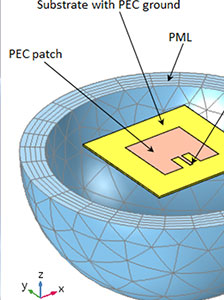How to Export Plot Data in COMSOL Multiphysics
Post processing is the last of the five primary steps of simulation development. This step represents the payoff from all the hard work of the previous steps, and it drives the deeper understanding of the design that engineers obtain though simulation. A simulation engineer can significantly improve their understanding, and better communicate that understanding, when […]
How to Export Plot Data in COMSOL Multiphysics Read More »

